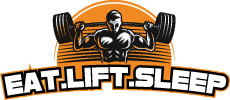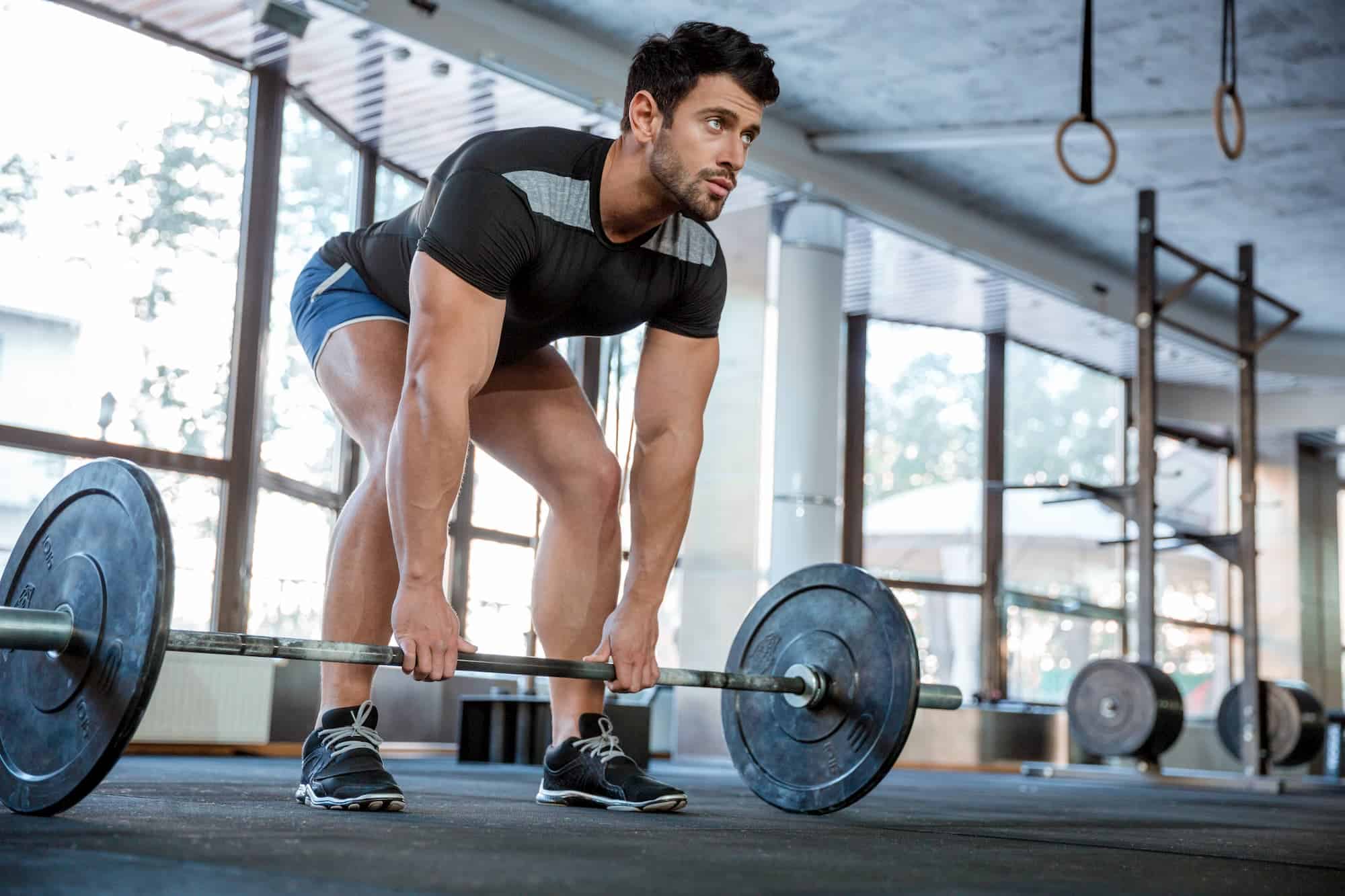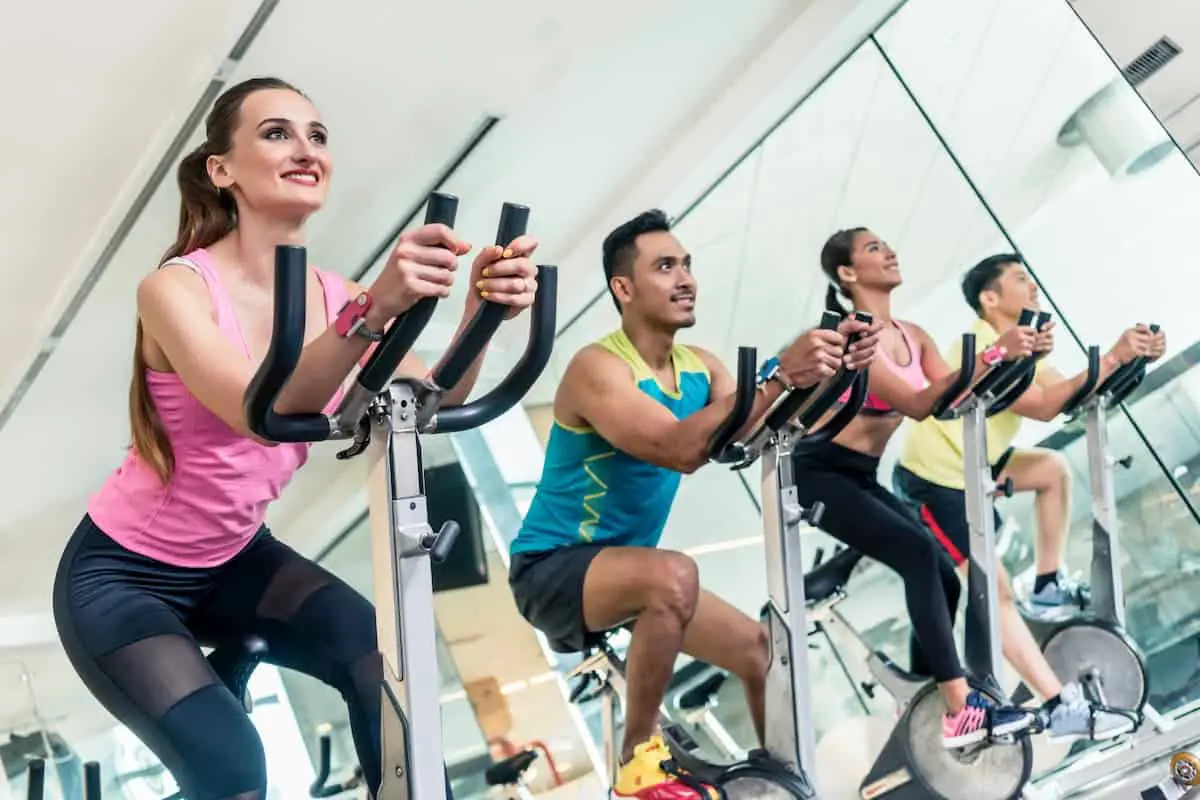We’ve all heard the saying “You should wait 30 minutes after eating before exercising”, but is this really true? Well, that depends on what and how much you ate.
Exercising straight after a meal may not be as beneficial for your body as waiting a little while to let digestion take its course. But if you only had a light snack or something small enough that it can easily be digested, then working out soon afterward can actually benefit your body in terms of increased energy and improved performance.
So why not make sure you get the most out of your workout by understanding when’s best to exercise? In this blog we’ll investigate the benefits of exercise before and after meals, so read on for more information!
What Happens During Exercise?
When we exercise, our body goes through a variety of physiological changes. These changes help us to cope with the physical demands of exercising and enable us to build strength and endurance.
First, our heart rate increases in order to pump more oxygenated blood throughout the body. As a result, our breathing rate also increases as we take in more oxygen for energy production.
Our muscles start breaking down glycogen stored within them for fuel during prolonged activity. This is why carbohydrates are important for athletes who need sustained energy. The breakdown of glycogen produces lactic acid which reduces pH levels within the muscle cells and can cause fatigue if left unchecked.
In addition, hormones such as adrenaline and cortisol are released into circulation which helps mobilize fat stores from adipose tissue so they can be used as an alternate fuel source during aerobic exercise.
Finally, sweat glands begin producing perspiration which helps regulate body temperature by releasing heat from the surface of the skin when it gets too hot or when water loss needs to be replenished quickly after intense activity.
Benefits of Exercise After Eating
After a meal, your body has already started the process of digesting the food. Exercise can help increase blood flow to your digestive system, which helps speed up digestion and nutrient absorption. Plus, it can help prevent cramps and bloating that might be caused by certain high-fat or heavy meals.
Exercising after eating may also reduce hunger cravings later on as physical activity suppresses ghrelin, which is the “hunger hormone” that signals to your brain when you need more food.
Therefore, exercising after meals may make it easier for you to stay fuller for longer periods of time throughout the day.
Finally, working out directly after meals gives you energy when you need it most – immediately following a meal when your blood sugar levels are at their highest!
So incorporating moderate exercise into post-meal activities can provide an energizing boost that will keep you going until your next snack or meal.
Factors to Consider When Exercising After Eating
Exercising after eating can be tricky, and there are several factors to consider when deciding if it’s a good idea or not.
First of all, you need to think about what happens during exercise. When you work out, your body redirects the blood from your digestive system toward the muscles that are being used — this means that there won’t be as much blood flow going to your stomach and intestines, which can make digestion more difficult.
Another factor is the size and composition of the meal you had before exercising. If you’ve just eaten a large meal with lots of fat and protein in it, then it may take longer for those foods to digest properly due to reduced blood flow in the digestive system.
On the other hand, if you only ate a small snack with mostly carbohydrates in it (like fruit or crackers), then digestion should still happen at an acceptable rate even while exercising.
Finally, you also have to consider what kind of exercise you’re doing — some activities require more energy than others (for example running vs walking).
If you’re engaging in high-intensity exercise shortly after eating a large meal then that could cause problems with digestion as well as making it difficult for your body to perform properly due to lack of fuel.
Therefore when deciding whether or not it is safe for you to exercise after eating, always take into account these three factors: how intense your activity is going to be; how much food was consumed recently; and what type of food was consumed before working out.
Blood Is Pulled Away From The Digestive System
When you exercise, your body is essentially diverting the blood away from other areas including the digestive system. As a result, it will take longer for your body to digest and absorb food after eating if you exercise immediately afterward.
This can make it harder for your body to utilize the nutrients in the food which can leave you feeling sluggish or tired during a workout, and may also lead to abdominal discomfort such as cramps or indigestion.
It’s important to note that this doesn’t apply to everyone in the same way—your individual tolerance level may vary depending on how active you are normally and some people have no trouble exercising right after they eat.
When deciding whether or not to exercise after eating, it’s important to think about more than just how much time has passed since your meal; size and composition of the meal should also be taken into consideration.
Eating something small before working out can help prevent these issues from arising but if you’re having a full blown meal then taking some time off between eating and exercising is recommended.
Size and Composition of the Meal
The size and composition of your meal is also important to consider when exercising after eating. If you have just eaten a large meal, then it may be better to wait until you are done digesting before engaging in physical activity. This is because digestion requires a lot of energy, so if you start exercising before the food is processed, it can pull blood away from your digestive system and slow down the process.
On the other hand, if the meal was small or mostly made up of liquids like smoothies or shakes, then it’s likely that your body will be able to handle exercise soon after eating. Make sure that whatever you eat has enough carbohydrates and proteins for fuel while exercising as well as fiber to help with digestion.
Type of Exercise
The type of exercise you do can also have an effect on how your body reacts to exercising after eating. High-intensity activities like running and weight lifting require a lot of energy, which means that your body pulls more blood away from the digestive system to provide it. This could cause discomfort or cramping during the activity.
On the other hand, low-intensity activities like walking or yoga don’t require as much energy so there’s less strain on the digestive system and less chance of discomfort. It’s important to note that even light exercise is beneficial for digestion, but too much intensity can be taxing on your body.
It’s important to think about both the intensity and duration of your exercise when deciding whether working out after eating is right for you. Short bursts of intense activity will be more strenuous than longer periods at a lower intensity level, so consider this when creating a workout routine that works best for you!
When Should You Exercise After Eating?
Exercising after eating can be beneficial if you time it correctly. It’s important to wait at least one hour before working out, as your body takes roughly 60 minutes after eating a meal for proper digestion. A good rule of thumb is to wait two hours if you had a large meal or snack.
You should also take into consideration the type of exercise you’re doing, as some activities are more intense than others. High-intensity exercises such as sprinting and weightlifting require more energy and can cause digestive issues if done too soon after eating.
Low-intensity exercises such as walking or light jogging are much better when done shortly after eating a meal or snack because they don’t place too much strain on the digestive system.
It’s also important to pay attention to how your body feels when exercising after eating. If you find that you’re experiencing any discomfort like nausea, stomach cramps, bloating or fatigue during the workout then it’s best to stop and rest until these symptoms pass.
Finally, make sure that your food choices prior to exercising are healthy and nutrient-rich so that your body has enough fuel for the activity without feeling weighed down by unhealthy foods.
Eating complex carbohydrates with some protein will provide long lasting energy while avoiding indigestion caused by heavy meals such as greasy burgers or deep fried snacks.
Tips for Exercising After Eating
When deciding to exercise after eating, it’s important to consider the size and composition of the meal, as well as the type of exercise you’ll be doing.
Eating before exercising can give you energy for your workout, but if you’ve eaten a large meal, your body may not be able to digest it efficiently while exercising.
If you’ve just had a small snack or light meal that is mostly carbohydrates and proteins, such as fruit with yogurt or whole-grain toast with nut butter, then this should provide enough fuel for a low-intensity workout.
But if you ate something heavier like a sandwich with cheese or pasta with meat sauce, then it might be best to wait an hour or two before starting your workout.
It’s also important to consider the type of exercise that will best suit your needs when deciding whether or not to work out after eating.
Low-intensity activities like walking or yoga are generally better options than high-intensity workouts like sprinting and weight training because they don’t require as much energy from your body.
For higher intensity workouts, it’s usually recommended that you wait at least 30 minutes after eating before beginning.
To make sure that you get the most out of your post-meal exercise session: eat a small snack beforehand; drink plenty of water during and after; do low intensity exercises first; gradually increase intensity throughout; and listen carefully to what your body is telling you so that you don’t overexert yourself!
Eat a Small Snack Before Working Out
Eating before working out is a great way to make sure you have enough energy for your workout. Eating a small snack, like a piece of fruit, can provide the necessary nutrients needed to fuel your body and give you the energy to push through intense workouts.
It’s important to consider the timing of when you eat this snack as eating too close to working out can cause digestive issues that could make exercising uncomfortable or even dangerous.
The best time to eat a snack is about 30 minutes before exercise, which will give your body enough time to digest and start burning it for fuel instead of storing it as fat.
If you’re looking for ideas on what snacks are good pre-workout options, then there are many options available! Some healthy snacks that are easy and convenient include: whole grain toast with peanut butter; yogurt with fresh fruit; trail mix made up of nuts and dried fruit; or an energy bar.
Make sure whatever option you choose has plenty of protein and carbohydrates so your body has enough nutrition during your workout.
Drink Plenty of Water
When it comes to working out after eating, hydration is key! Your body needs plenty of water to help with digestion and to keep your muscles hydrated. Staying hydrated will not only help you avoid feeling bloated or uncomfortable during exercise, but it can also help improve performance and reduce the risk of cramps or dehydration.
Make sure to drink plenty of water before, during, and after a workout. It’s best to drink about two cups (500 ml) an hour before you work out and then sip on water while exercising. For post-workout rehydration, aim for at least 1/2 cup (125 ml) per 15 minutes following your workout until your thirst has been quenched.
It’s important to note that drinking too much water can be dangerous as well. If you’ve had a lot of fluids prior to working out then make sure you’re keeping an eye on your electrolyte levels – sodium, potassium or magnesium – which can become unbalanced if overhydrated.
Eating foods rich in electrolytes can also help maintain balance in the body after exercise.
Do Low-Intensity Exercise
Low-intensity exercise is ideal after eating, as it requires less energy and allows for your body to focus on digestion. Low-intensity exercises like walking are great for this purpose, as they don’t require too much effort and yet provide numerous health benefits.
Other low-intensity activities include gentle yoga, stretching, mild cycling or swimming at a slow pace.
It’s important to understand that the intensity of the workout should also depend on what type of food you have eaten prior to exercising. Eating something heavy with a high fat content will take longer to digest than something light and protein-rich.
It’s best to wait an hour or two after eating a heavier meal before beginning any physical activity so that your body can fully process the food first.
Another thing to consider when exercising after eating is how recently you ate before starting your session.
If you eat right before working out, then there might not be enough time for proper digestion and absorption of nutrients which could lead to problems like cramping or nausea during physical activity.
So it’s best to schedule exercise at least two hours after eating in order for all nutrients from the meal to be absorbed properly by the body beforehand.
Finally, keep in mind that low-intensity workouts do not always mean easy workouts!
Low impact does not necessarily equate with low intensity – while running may be deemed high impact due to its harder surface on feet/knees etc., doing rounds of sprints would definitely make it count as an intense workout even though its still considered “low impact”.
So if done correctly and safely according to the guidelines above, one can get just as good results from low-impact exercises such as walking/swimming/yoga, etc., compared with higher intensity ones like running sprints
Is Taking a Cold Shower Beneficial After Exercising for Unlocking Potential?
Is cold shower therapy for post-workout benefits worth trying? Many athletes and fitness enthusiasts believe so. Taking a cold shower after exercising is said to help reduce muscle inflammation, soreness, and promote faster recovery. It is believed that the cold temperature constricts blood vessels, decreasing swelling and improving circulation. Although individual preferences may vary, incorporating a cold shower into your post-workout routine might be worth exploring for its potential benefits.
Conclusion
In conclusion, exercising after eating is not necessarily bad for you. The key takeaway here is that you should consider the size and composition of your meal, the type of exercise you will be doing, and how long it has been since your last meal.
Eating a small snack before working out can often help to give you an energy boost that can make your workout more effective.
Additionally, drinking plenty of water throughout your workout can help to keep dehydration at bay.
Lastly, if possible it’s best to stick with low-intensity activities after eating as this can help minimize discomfort from indigestion or cramping in some cases.
Ultimately, it’s important to listen to what your body tells you when deciding whether or not it’s okay for you to exercise after eating a meal.






Leave a Reply